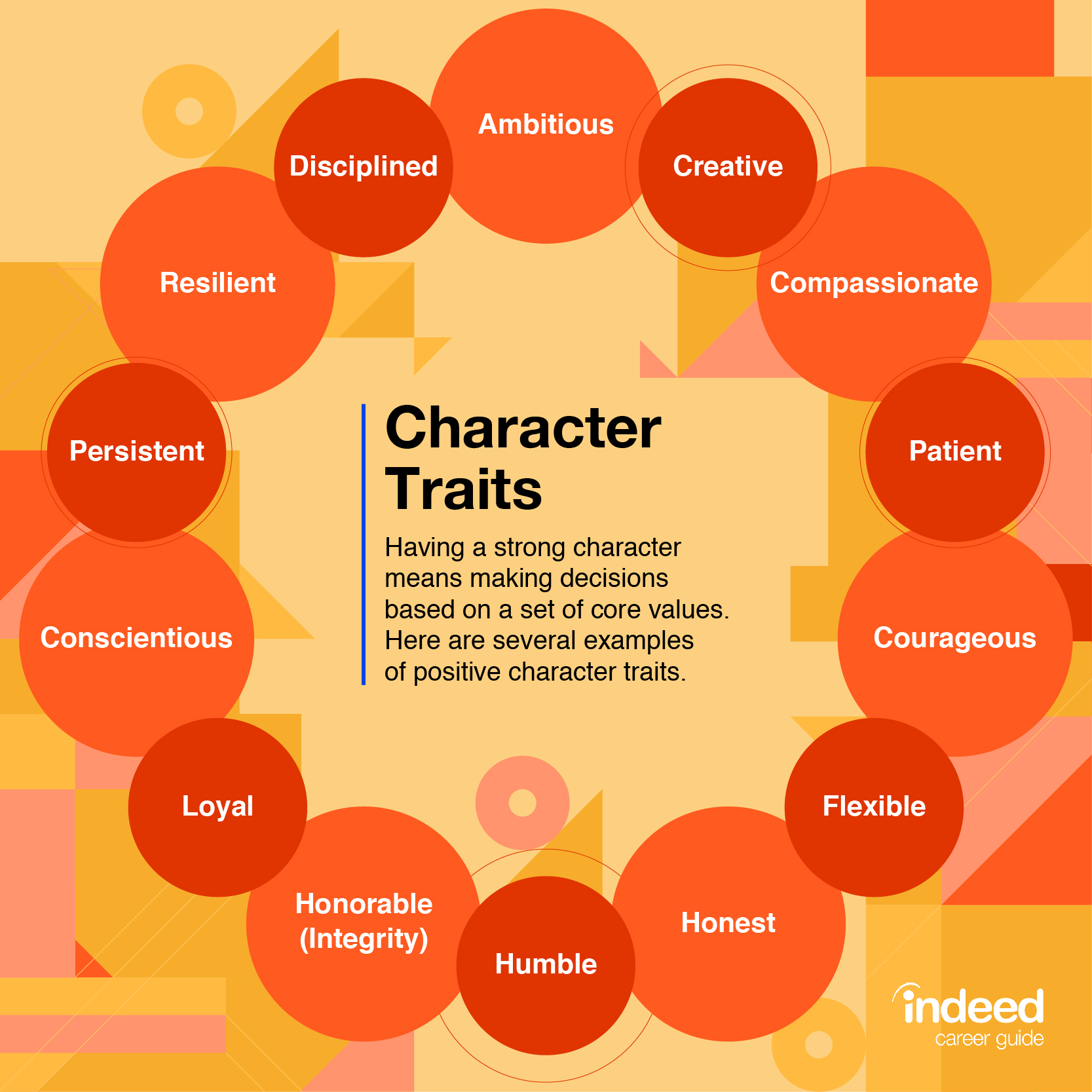
You can still hear the dialogue and follow the story line. Now turn up the volume but turn around so that you cannot see the television. Can you still understand what is happening? Many times you can, because the body language conveys part of the message of the show. Together they convey the message to the receiver or audience.


Television combines an audio signal you hear with a visual signal you see. How many channels do you have on your television? Each channel takes up some space, even in a digital world, in the cable or in the signal that brings the message of each channel to your home. “The channel is the way in which a message or messages travel between source and receiver.” (McLean, 2005) For example, think of your television. Your audience might have a hard time settling down, but you may choose to open with, “I understand there is an important game tonight.” In this way, by expressing verbally something that most people in your audience are aware of and interested in, you might grasp and focus their attention.
What 2 word phrases means essential or highly desirable series#
Imagine, for example, that you are addressing a large audience of sales reps and are aware there is a World Series game tonight. In addition, part of the message may be the environment or context you present it in and the noise that might make your message hard to hear or see. The message also consists of the way you say it-in a speech, with your tone of voice, your body language, and your appearance-and in a report, with your writing style, punctuation, and the headings and formatting you choose. You may choose to save your most important point for last. The words are brought together with grammar and organization. “The message is the stimulus or meaning produced by the source for the receiver or audience.” (McLean, 2005) When you plan to give a speech or write a report, your message may seem to be only the words you choose that will convey your meaning. By looking at the context the word is used in and by asking questions, we can discover the shared meaning of the word and understand the message. The word “bike” represents both a bicycle and a short name for a motorcycle. You can also share with yourself (a process called intrapersonal communication) when you bring ideas to consciousness, ponder how you feel about something, or figure out the solution to a problem and have a classic “Aha!” moment when something becomes clear.įinally, meaning is what we share through communication. In communication, sharing occurs when you convey thoughts, feelings, ideas, or insights to others.

You may share a joint activity, as when you share in compiling a report or you may benefit jointly from a resource, as when you and several coworkers share a pizza. Sharing means doing something together with one or more people. Understanding the words and the concepts or objects they refer to is an important part of the communication process. The second key word is understanding: “To understand is to perceive, to interpret, and to relate our perception and interpretation to what we already know.” (McLean, 2003) If a friend tells you a story about falling off a bike, what image comes to mind? Now your friend points out the window and you see a motorcycle lying on the ground. When we interact, all these factors-and many more-influence the process of communication. The feedback or response from your mother and the stranger (who are, in essence, your audience) may cause you to reevaluate what you are saying. What has changed? Your perspective might change, and you might watch your words more closely. What has changed? Now, imagine that your mother is joined by someone else, someone you haven’t met before-and this stranger listens intently as you speak, almost as if you were giving a speech. Someone you know (say, your mother) enters the kitchen and you talk briefly. Imagine you are alone in your kitchen thinking. A process is a dynamic activity that is hard to describe because it changes (Pearson & Nelson, 2000).

The first key word in this definition is process. This definition serves us well with its emphasis on the process, which we’ll examine in depth across this text, of coming to understand and share another’s point of view effectively. Communication is defined as the process of understanding and sharing meaning (Pearson & Nelson, 2000).Īt the center of our study of communication is the relationship that involves interaction between participants. The root of the word “communication” in Latin is communicare, which means to share, or to make common (Weekley, 1967).


 0 kommentar(er)
0 kommentar(er)
